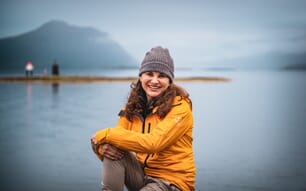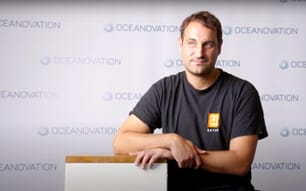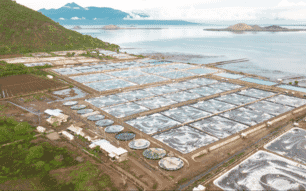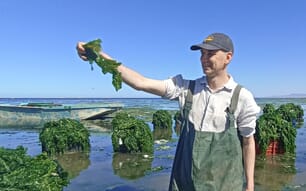
Fitzsimmons is chair of the F3 Feed Challenge – an initiative designed to catalyse the development of fish-free feeds
Receipt of a million dollar grant from the US Federal Government has been a very positive note for Prof Fitzsimmons to end the year on as it marks the start of a fascinating four-year drive to bring greater diversity to the country’s seafood sector.
“It’s a next generation grant to educate – largely through the provision of scholarships and paid internships – undergraduate and graduate students in aquaculture and fisheries, specifically with the aim of training them up to work with the US Department of Agriculture,” explains Fitzsimmons, who is the principle investigator of the project.
The initiative, which is centred around Arizona and New Mexico, is set to offer students – including those in community colleges – in these states opportunities to work on participating fish farms and hatcheries in the region.
“There’s an inordinate number of old white guys at the USDA and the grant aims to educate some of the department’s under-represented groups – including black people, Hispanics and Native Americans – so that its more representative of American society. I’m looking forward to that,” he explains.
The bigger picture
Looking at the wider aquaculture sector one of Fitzsimmons’ major concerns relates to the global decline in shrimp prices. Although he’s not alone in his concerns, he’s convinced that there’s a solution to the problem.
“Some people say it’s overproduction, but I say that the big producing countries need to do a better job at marketing. One option is for industry players to get together to market shrimp better; another is for governments to help support the industry both in marketing and in improving the cold chain; another is to work better with the certification organisations to increase their presence in the market – a lot of buyers are having trouble finding enough of that certified product,” he observes.
Meanwhile, in the US, he is worried about the malign influence of the wild shrimp sector.
“I’m particularly concerned that the wild-caught shrimp industry people are playing political games. There are a couple of towns on the Gulf Coast who have declared economic emergencies. They’re petitioning to have extra tariffs put on imported shrimp in order to subsidise a commercial fishery that can’t compete,” Fitzsimmons explains.
“They only have to go a few miles to catch free shrimp, but if they can’t compete with people who have to invest in building farms, buying stock, feeding, harvesting, processing the shrimp and then shipping it halfway around the world then frankly their economic model doesn’t work anymore. Hunting and gathering from the ocean doesn’t work any more than it does on land,” he adds.
It’s a situation that’s not unique to the US.
“If you look at the EU, why the heck are they subsidising commercial fishing fleets to try to compete with domesticated farm-raised seafood – it’s a dying industry everywhere and throwing money at it is not going to help. They’re all eventually going to go out of business or have tiny niche markets,” he argues.
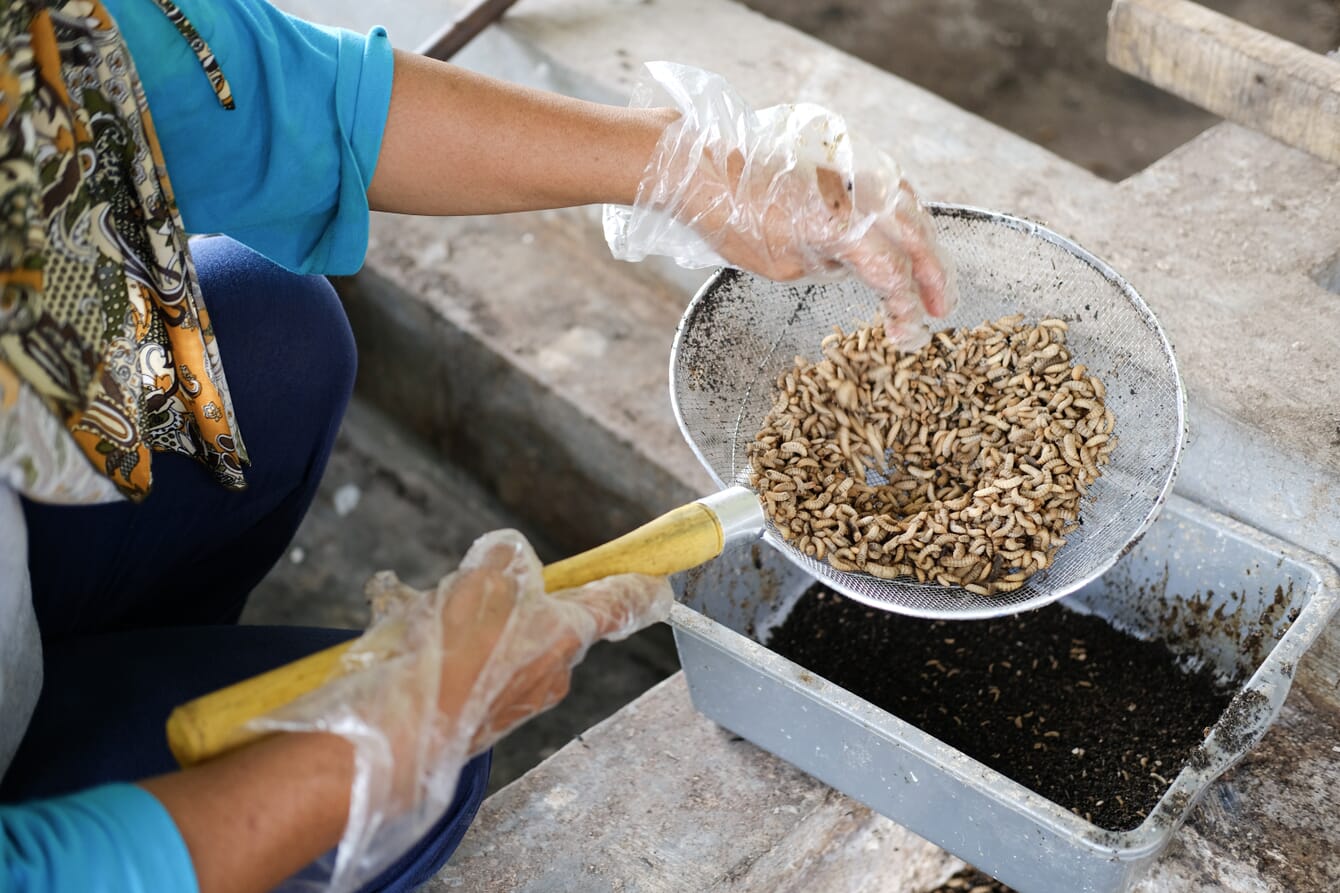
Fitzsimmons has seen more interest from the big feed millers in alternative proteins, with companies producing fishmeal alternatives, such as black soldier fly larvae, looking for investment so they can expand
Looking ahead
Despite his concerns, Fitzsimmons sees a number of positives around the corner – including an improvement in shrimp prices, the vindication of investment in RAS and a major uptick in the production and adoption of alternative feed ingredients.
“Farmed shrimp are looking pretty good – they’re gaining greater market share as some of the wild-caught fisheries are declining; the low prices are getting more people to buy shrimp; the big sellers are running specials and selling a lot of shrimp, it’s not going to waste,” he points out.
“Tilapia prices have also been down but I think they’re gaining greater market share against wild caught white fish and I think the prices will come back up next year. Although China are having some trouble with their tilapia, but their domestic demand is increasing while some people have switched from tilapia to higher value species like large-mouth bass and pompano,” he adds.
Meanwhile, in terms of salmon, he sees Chile’s current issues with algal blooms as likely to lead to a reduction of supply and an increase in prices.
As for RAS, Fitzsimmons predicts that, despite the struggles of high profile producers such as Atlantic Sapphire and AquaBounty, many of the smaller producers are likely to become profitable soon and be well placed to capitalise on any companies that don’t survive.
“I think we might have a couple of high profile failures in the next year or two, but you might see others coming in and buying the operations for 20-30 cents on the dollar, turning them round and doing fine. I don’t think there are any inherent problems with the facilities that they’ve built, but I think they’ve made some poor business decisions and have been overly ambitious with some of their plans. It’s also hard to get really good people and relatively inexperienced staff are more liable to make mistakes – we need to educate more people to work in these facilities, there aren’t enough out there,” he suggests.
“I think the technology is coming along just fine and there will be more and more people with good training and experience percolating through the industry so recirc and land-based system are going to gain greater market share,” he adds.
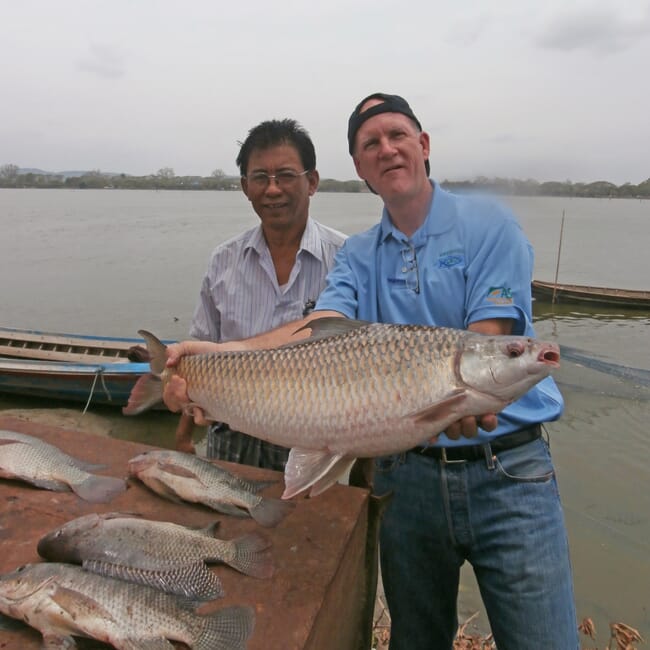
Alternative feed ingredients
Fitzsimmons is well-known for his role as chair of the F3 Feed Challenge – an initiative designed to catalyse the development of fish-free feeds (hence the three Fs). And he believes that this year’s reduced anchoveta quotas in Peru, which are leading to shortages of – and price hikes for – fish oil and fishmeal, will help to increase the adoption of alternative aquafeed ingredients.
“The situation has led to even more interest from the big feed millers in alternative oils and proteins. From what I understand Corbion and Veramaris are selling every millilitre of algal oil that they can produce and there are other outfits coming online; the fishmeal alternatives – the insect, single-cell protein and yeast people – are selling everything they can produce; virtually all of them are looking for investment so they can expand,” he explains.
“We’re also seeing the growth of agriculture products – like high protein concentrates of corn, millet and barley – coming onto the market. Every new product that comes on is another arrow in the quiver and as the feed millers develop new feeds they are going to need less and less fish oil and fishmeal to meet nutritional needs. And I expect that, as they grow, all these alternatives will be a boon for aquaculture and will help to moderate feed prices or maybe even pull prices down. I’d love to see some deflation in feed prices,” he adds.
Fitzsimmons is fairly agnostic as to which ones he would like to see work, as long as – between them – they are able to help phase out the need for traditional marine ingredients in aquafeeds.
“We need to leave more forage fish in the ocean or let people eat them directly – people eat herring and anchovies and sardines,” he argues.
Such topics will be covered in more detail, Prof Fitzsimmons observes, at the next F3 conference, which is due to take place in San Francisco on 14-16 May 2024.
“We know we’re going to have most of the big feed millers, a lot of the big farmers and a lot of the producers of novel ingredients at the meeting,” he notes.
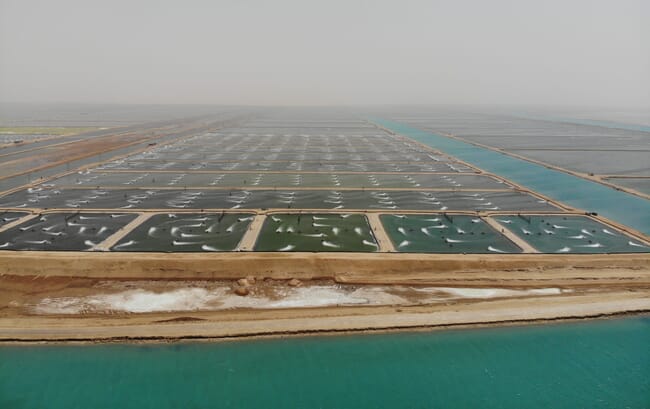
Fitzsimmons – who has spent time this year in Saudi Arabia working with Naqua – can see the Middle East investing more in aquaculture in the year ahead
Middle Eastern finance
Intriguingly Fitzsimmons has spent a fair bit of time in Saudi Arabia this year and believes that some of the operations that he’s been involved in the Middle East, such as Naqua – as well as Middle Eastern-backed projects in other parts of the world – will gain ground in the year ahead.
“The Middle East has a reputation for investing in less well thought out projects, but they are now becoming more mature and looking to invest in long-term safe sectors and they see aquaculture as one of those,” he concludes.

